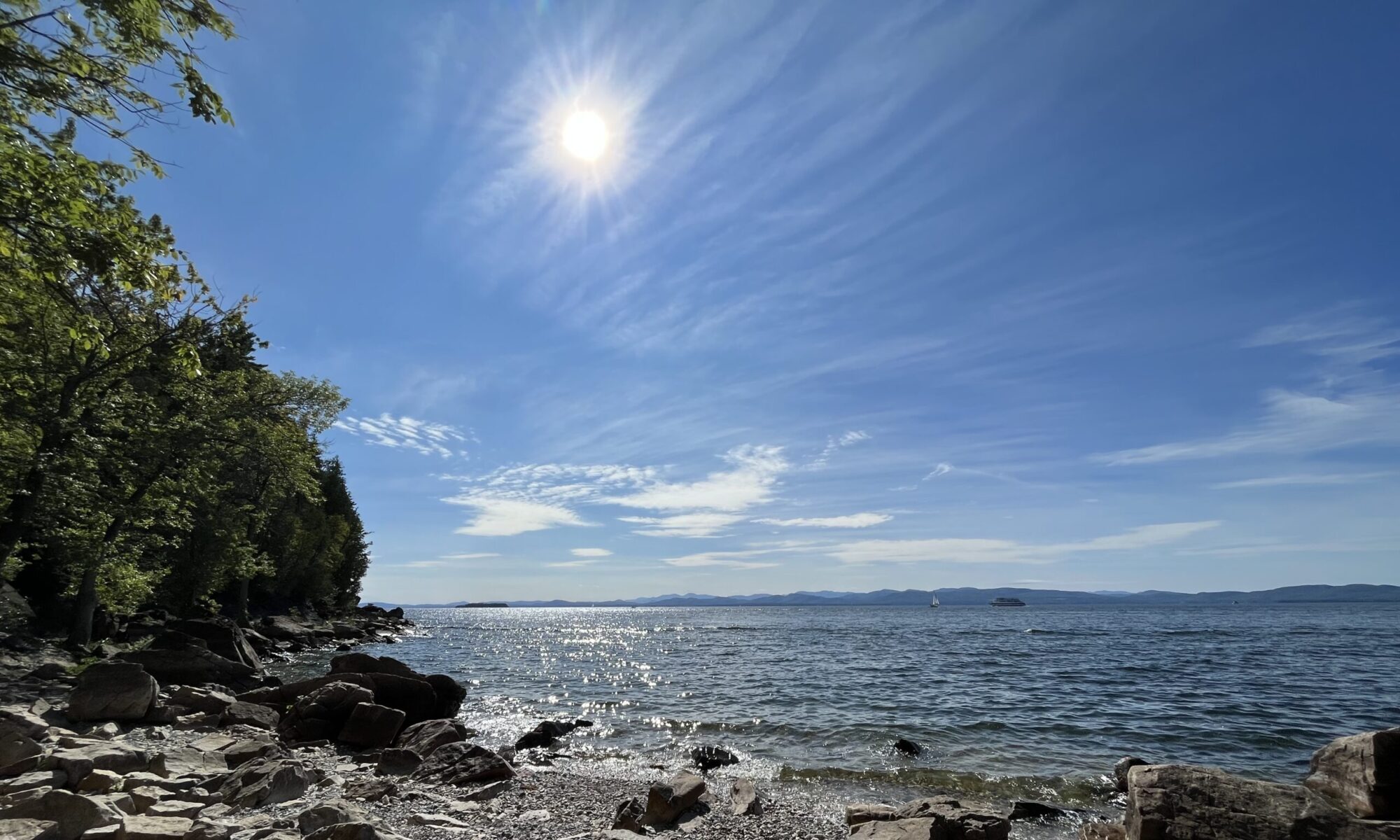Where did you go? What do you encounter? How was your experience recording observations using the iNaturalist app? (Include images). How did you narrow down your identification? If you were deciding between species with closely resembling scat or tracks, why did you choose one ID over the other?
Just yesterday my friends and I made our way to Centennial Woods to do some long-weekend tracking together, for some of us our first time back since the very first tree identification activity in August. Only having been there three times now, I often forget how much I love my Centennial visits, yet despite my relative unfamiliarity, I was determined to show my friends to my “favorite” section of the forest (pictured below).
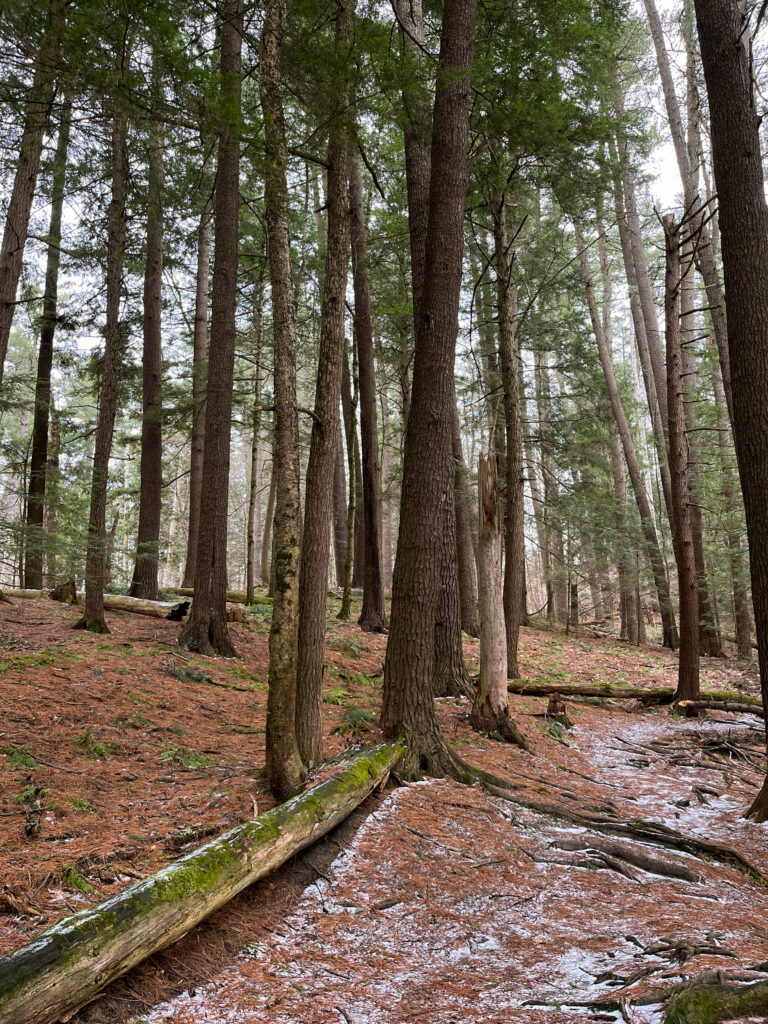
During our excursion, we realized that the lack of snow might force us a bit outside of our tracking comfort zone as we would likely be working with mud instead. Off the beaten path, however, we found ourselves with even less to work with, as many of the “hydrological paths” we intended to follow were covered almost entirely by leaf debris, making “disturbances” harder to distinguish. Despite these limitations, we found the vast majority of our tracks in the areas still partially covered by the snow.
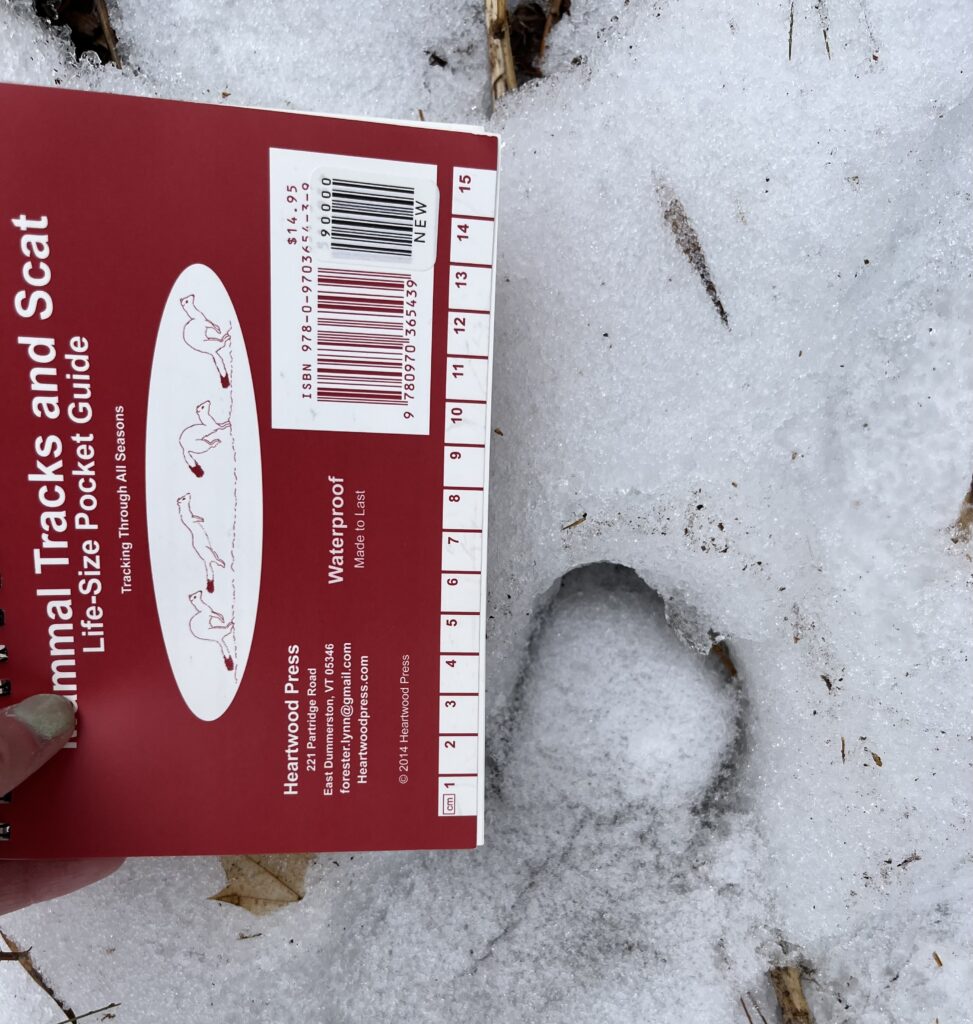
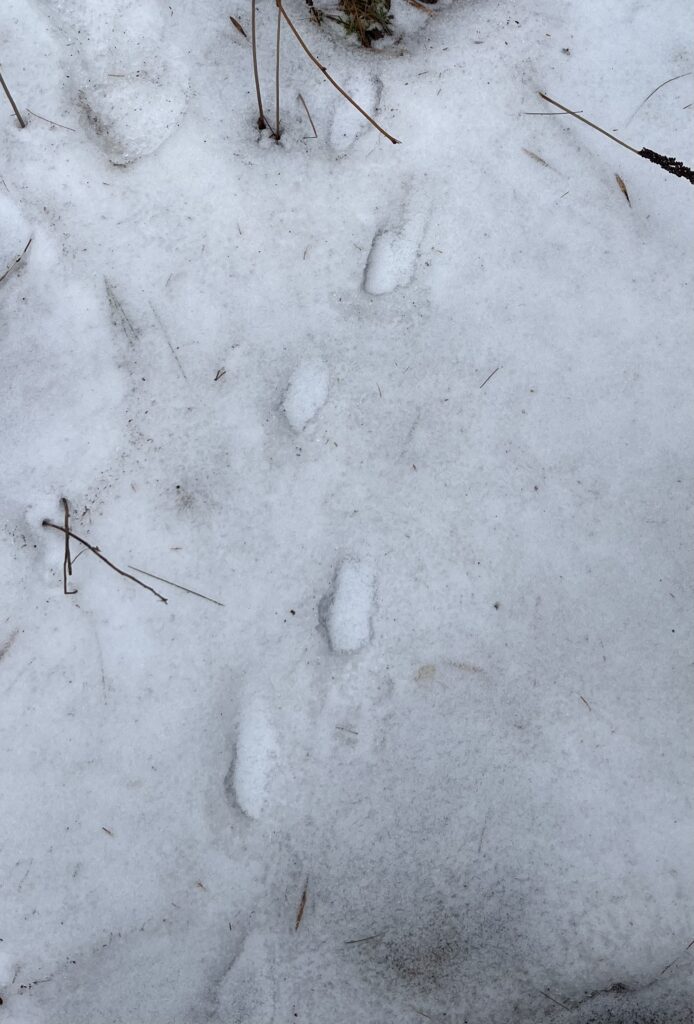
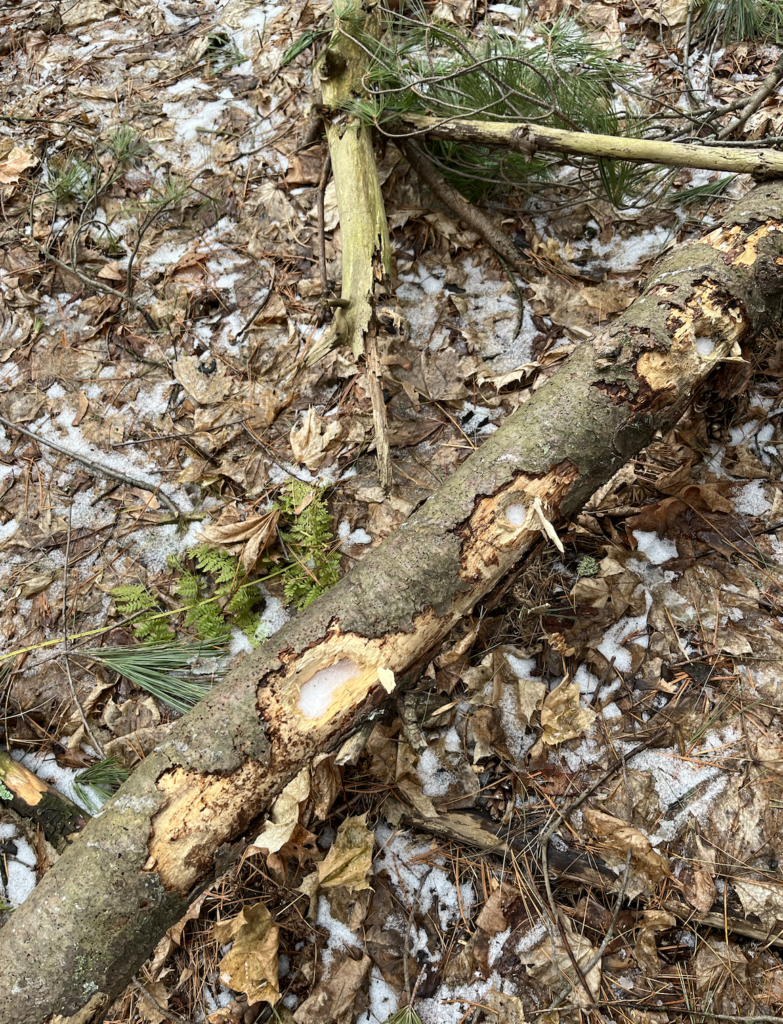
Bearing these conditions in mind, when tracks or disturbances were not the clearest, we would sometimes rely on the location of the prints to help narrow down potential candidates. Utilizing the tips we received at our tracking lab, for instance, if we were near a body of water, or behind a fallen tree, animals like the bobcat and fisher rose to the top of our list. Another issue we regularly came across was differentiating between domestic dogs and potential coyotes or foxes. In those scenarios, we focused our attention on the direction the nails and toes were pointing in, the appearance of nail marks, or whether or not there was a raised star pattern in the center of the track.
